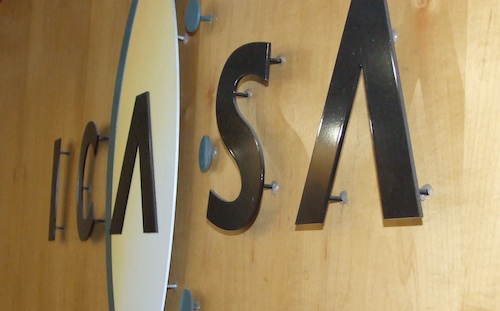
The Independent Communications Authority of SA (Icasa) has reintroduced a stipulation that companies applying for access to radio frequency spectrum must have 30% of their equity in the hands of historically disadvantaged people.
The move could see large telecommunications players such as MTN and Vodacom cut out of the race for access to the 2,6GHz and 3,5GHz bands, which they want to build the next-generation of wireless broadband networks. And legal experts believe the regulations could be challenged in court.
Icasa had removed the 30% requirement in its last set of draft regulations following heavy pressure by industry. The new regulations are final.
Few of the large players in the telecommunications industry have the target of 30% ownership by historically disadvantaged individuals (HDIs). (The HDI definition differs from traditional black economic empowerment rules since it includes women of all races and people with disabilities.)
Icasa is applying a clause in the Electronic Communications Act to justify its 30% requirement, but legal experts say the stipulation applies only to network and network service licensees. A legal battle could follow if the regulations are challenged.
“The 30% HDI requirement … technically shouldn’t need to be in the spectrum regulations,” says Dominic Cull, owner of Ellipsis Regulatory Solutions.
He says the regulations will not affect spectrum the incumbent operators already have access to, but only new spectrum they apply for.
Cull says the equity stipulation would be better dealt with in the ownership and control regulations Icasa is supposed to have developed.
Though the spectrum frequency regulations provide no leeway on the empowerment quota for those hoping to apply for new spectrum, the reasons document that accompanies the regulations does.
It says that although the authority acknowledges the minimum threshold of 30% stipulated, the requirement is flexible and will be clarified in any invitation to apply for spectrum.
Kathleen Rice, director in the technology and communications practice group at Cliffe Dekker Hofmeyr, says the reasons document not only allows Icasa to lower the requirement, but also to increase the requirement, which she believes is the more likely route it will take.
She says the stipulation is open to challenge. “The explanatory document gives the impression that there is a 30% threshold for all new licences (service and frequency). This is not correct,” she says.
“The minimum threshold in the Electronic Communications Act of 30% only applies to new individual service licences. There is no such restriction in the act with regard to applications for new frequency licences. There is, therefore, a strong argument that the imposition of the 30% HDI threshold for new frequency licences is ultra vires,” she says. — Candice Jones, TechCentral
- Subscribe to our free daily newsletter
- Follow us on Twitter or on Facebook




